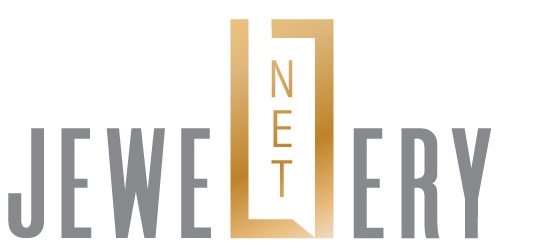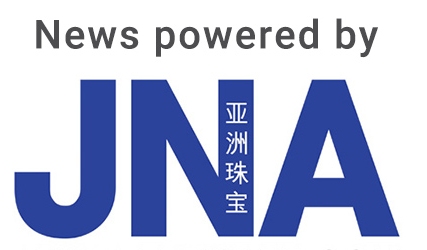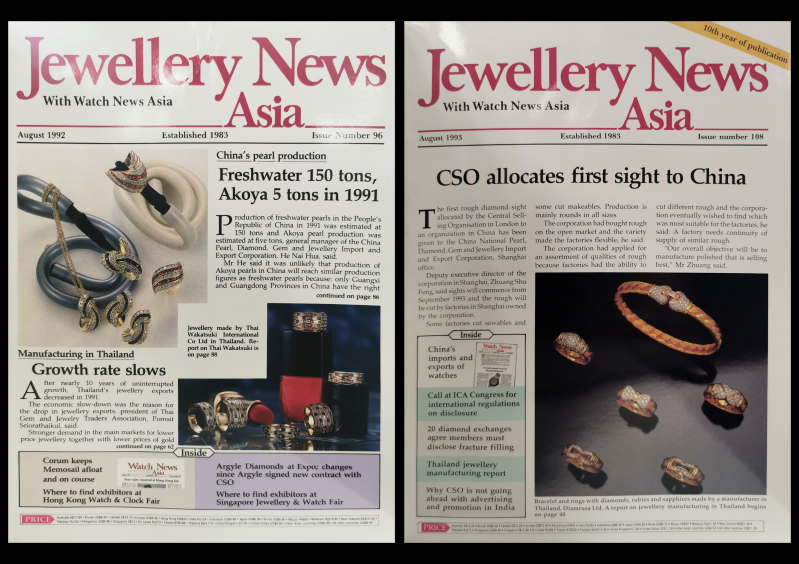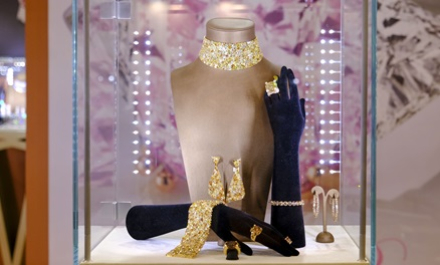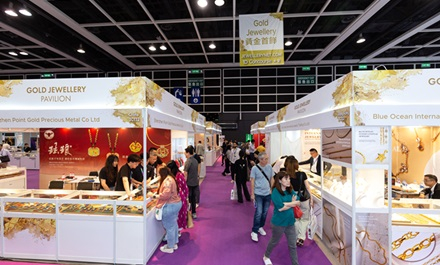As JNA celebrates its fourth decade, we look back at 40 of its stories that kept the industry abreast of major developments in the international gemstone and jewellery trade. Here is the second instalment of this special series.
Reported by Jewellery News Asia: 1990 – 1995
11. First mining joint venture in Vietnam produces 1M carats of rough ruby
JNA October 1990
The first joint venture between Vietnam and a Thai group to be given a gemstone mining concession in Vietnam recovered 225 kilograms of rough ruby since mining started in 1989. Industry experts revealed that rubies from Vietnam were comparable in quality and colour with their Burmese counterparts, hence the mine’s potential for growth. Thai firm BH Mining Co Ltd, which was made up of three investors in Thailand, partnered with Vietnamese gemstone miner, Vinagemco.
12. GIA opens first office in Asia
JNA December 1991
The Gemological Institute of America (GIA) opened its first facility in Asia on December 1, 1991, in Taipei, Taiwan to provide courses in Mandarin. At the time, the Taipei office was operated by the Chinese gemmology department at GIA in Santa Monica, California, which was set up in December 1990 to translate GIA course materials into Chinese.
13. Tiffany reaches 20th year in Asia
JNA January 1992
Diamond jeweller Tiffany & Co celebrated its 20th year in Asia in 1992. It opened a Tiffany outlet in Tokyo, Japan in 1972 – the first to sell Tiffany products in Asia. The jeweller eventually expanded and opened stores in Hong Kong, Taiwan, South Korea and Singapore.
14. De Beers: What makes Asia grow
JNA April 1992
Market studies in the 1990s by De Beers showed that countries with diamond-consuming markets that were poised to grow fastest over the next 10 years were in Asia. These included Hong Kong, Indonesia, Malaysia, the Philippines, Singapore, South Korea, Taiwan and Thailand. In 1991, De Beers increased its budget by 26 per cent to US$10 million for advertising, promotion and publicity activities in these eight countries and to fund some marketing activities in China as well.
15. Gemopolis opens with 32 companies
JNA May 1993
Thirty-two companies signed contracts to take factory space in the Gemopolis Industrial Estate and bonded warehouse area in Bangkok, Thailand. Gemopolis was officially opened on March 17, 1993 by then Prime Minister of Thailand, Chuan Leekpai. The Thai government granted developer IGS Co Ltd a permit to open the bonded warehouse in Gemopolis – the first time a tax-free trade zone has been allowed in Thailand.
16. President of exchange in Israel changes after 30 years
JNA June 1993
The Israel Diamond Exchange (IDE) has named a new president, following the exit of Moshe Schnitzer, who has held the position for 30 years and was initially elected as IDE president for life. Replacing Schnitzer was retired senior officer of the Israel Defence Forces and then manager of Bank Igud, Itzhak Forem.
17. Central Selling Organisation allots first sight to China
JNA August 1993
The Central Selling Organisation in London has allocated the first rough diamond sight in China to the China National Pearl, Diamond, Gem and Jewellery Import and Export Corporation in Shanghai. Sights were scheduled to commence from September 1993, with the rough to be cut by factories in Shanghai that were also owned by the corporation.
18. International disclosure rules proposed
JNA August 1993
The coloured gemstone industry stood to benefit from adhering to a set of international codes to promote transparency in the trade, then founding member of the International Colored Gemstone Association (ICA) Francesco Roberto said at the ICA Congress 1993 in Israel. These international codes should encompass the following: Enforcing international rules for disclosure of enhancements and treatments in the diamond and coloured gemstone trade, with such information being passed from producer to end-customer; that cutters, dealers and exporters disclose on their commercial documents and invoices any and all kinds of enhancement and treatment for both single stone and lots, excluding natural processes of mining and cutting; and the creation of a blacklist for offenders.
19. World Gold Council opens office in India
JNA August 1994
The World Gold Council (WGC) opened its first office in India and its 22nd in the world in June 1994. Studies commissioned by WGC to understand market mechanics, consumer behaviour and the gold trade in India showed that 56 million consumers who purchase gold jewellery annually buy less for investment and more for design and wearability. According to WGC, gold jewellery design was essential to growth and then posed a challenge to India to modernise and internationalise its gold jewellery designs and production capacity.
20. China becomes a member of CIBJO
JNA July 1995
China became a full member of the International Confederation of Jewellery, Silverware, Diamonds, Pearls and Stones or CIBJO (now known as the World Jewellery Confederation), during the annual CIBJO meeting in Greece in May 1995. CIBJO said China’s membership was crucial to the trade worldwide because of the country’s growing importance in jewellery manufacturing and exports, as a producer of pearls and gems, and a potential consumer market. Consumer education on international grading systems, treatments, synthetics and imitations were deemed crucial.
Read the first; third and fourth instalments of JNA’s top 40 stories in the last 40 years.
Click here for JNA’s 40th Anniversary special features.
